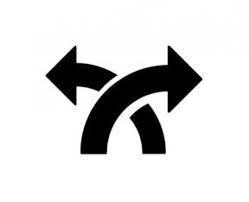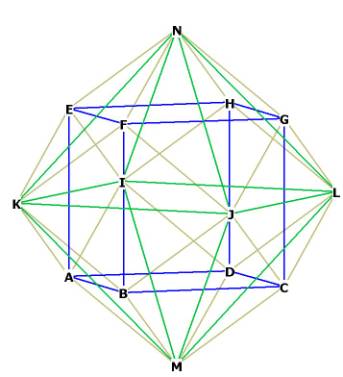|
(2016
premidterm assignment) Model Student Midterm answers 2016 (Index) Essay 1: Compare, contrast, and evaluate Narratives of the Future |
 |
Marion Johnson
The Future: Three Different Visions
Throughout the history of mankind, writers, philosophers, and theologians
have attempted to paint us a picture of the future. Their visions typically
revolve around three different narratives and timelines:
creation/apocalypse,
evolution, and alternative. Each
narrative has its own unique features and different implications for the future.
The creation/apocalypse model of time
focuses on a set beginning and an end, with time passing in a linear fashion.
This narrative is very commonly employed, as it is usually the easiest to
follow. Unlike the creation/apocalypse
narrative, evolution revolves
around the idea that time unwinds in a cyclical manner, allowing room for growth
and change. Finally, the alternative
vision of the future opens the door for alternate timelines and realities. While
authors may attempt to blend these narratives, typically only one model of time
is explored in detail within a work.
The creation/apocalypse
narrative has ancient roots, and can be seen in texts such as the Bible. Genesis
provides the reader with a detailed account of creation, while Revelations
spells out dire predictions for the future. As Holly Williams noted in her essay
“Narratives of the Future: Alike or Different?” the creation/apocalypse
narrative “has literary appeal because it conveys an overall theme that good
will conquer evil in the end”. At the conclusion of Revelations, it is stated
that “He that is unjust, let him be unjust still: and he which is filthy, let
him be filthy still: and he that is righteous, let him be righteous still; and
he that is holy, let him be holy still. And, behold, I come quickly; and my
reward is with me, to give every man according as his work shall be”
(Revelations 22. 11-12). The promise of a final reckoning makes the
creation/apocalypse narrative more
comforting to some readers, particularly those who view the Bible through a
religious lens.
The evolution narrative, however, presents time in a more cyclical fashion. There is no set beginning or end, as life is constantly changing and evolving. The novel “Parable of the Sower” explores this idea in depth, as the narrator states in the text that “We adapt and endure, for we are earthseed, and God is change” (Butler, 8). The evolution narrative is appealing to readers for several reasons, one of them being its basis in observable phenomena. It also allows for either progress or regression to take place, and display humanity’s potential for growth or decline.
 |
 |
 |
